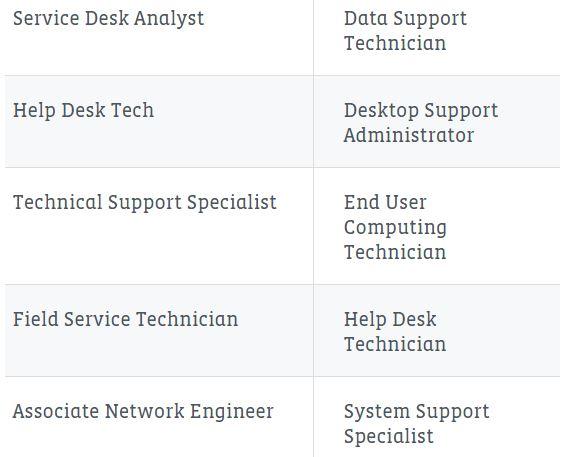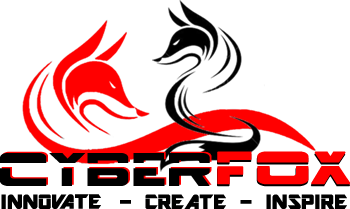CompTIA A+ is the industry standard for establishing a career in IT.
CompTIA A+ certified professionals are proven problem solvers. They support today’s core technologies from security to cloud to data management and more. CompTIA A+ is the industry standard for launching IT careers into today’s digital world.
- The only credential with performance-based items to prove pros can think on their feet to perform critical IT support tasks in the moment
- Trusted by employers around the world to identify the go-to person in end point management & technical support roles
- Regularly re-invented by IT experts to ensure that it validates core skills and abilities demanded in the workplace
The CompTIA A+ Core Series requires candidates to pass two exams: Core 1 (220-1101) and Core 2 (220-1102) covering the following new content, emphasizing the technologies and skills IT pros need to support a hybrid workforce:
- Demonstrate baseline security skills for IT support professionals
- Configure device operating systems, including Windows, Mac, Linux, Chrome OS, Android and iOS and administer client-based as well as cloud-based (SaaS) software
- Troubleshoot and problem solve core service and support challenges while applying best practices for documentation, change management, and scripting
- Support basic IT infrastructure and networking
- Configure and support PC, mobile and IoT device hardware
- Implement basic data backup and recovery methods and apply data storage and management best practices
CompTIA A+ is compliant with ISO 17024 standards and approved by the U.S. DoD to meet Directive 8140.03M requirements. Regulators and governments rely on ANSI accreditation because it provides confidence and trust in the outputs of an accredited program. Over 3 million CompTIA ISO/ANSI-accredited exams have been delivered since January 1, 2011.

HARDWARE
Identifying, using, and connecting hardware components and devices
OPERATING SYSTEMS
Install and support Windows OS including command line & client support. Understand Mac OS, Linux and mobile OS
Troubleshoot PC and mobile device issues including application security support
NETWORKING
Explain types of networks and connections including TCP/IP, WIFI and SOHO
Troubleshoot real-world device and network issues quickly and efficiently
Identify and protect against security vulnerabilities for devices and their network connections
MOBILE DEVICES
Install and configure laptops and other mobile devices
Compare & contrast cloud computing concepts & set up client-side virtualization
Follow best practices for safety, environmental impacts, and communication and professionalism
Jobs that use CompTIA A+

